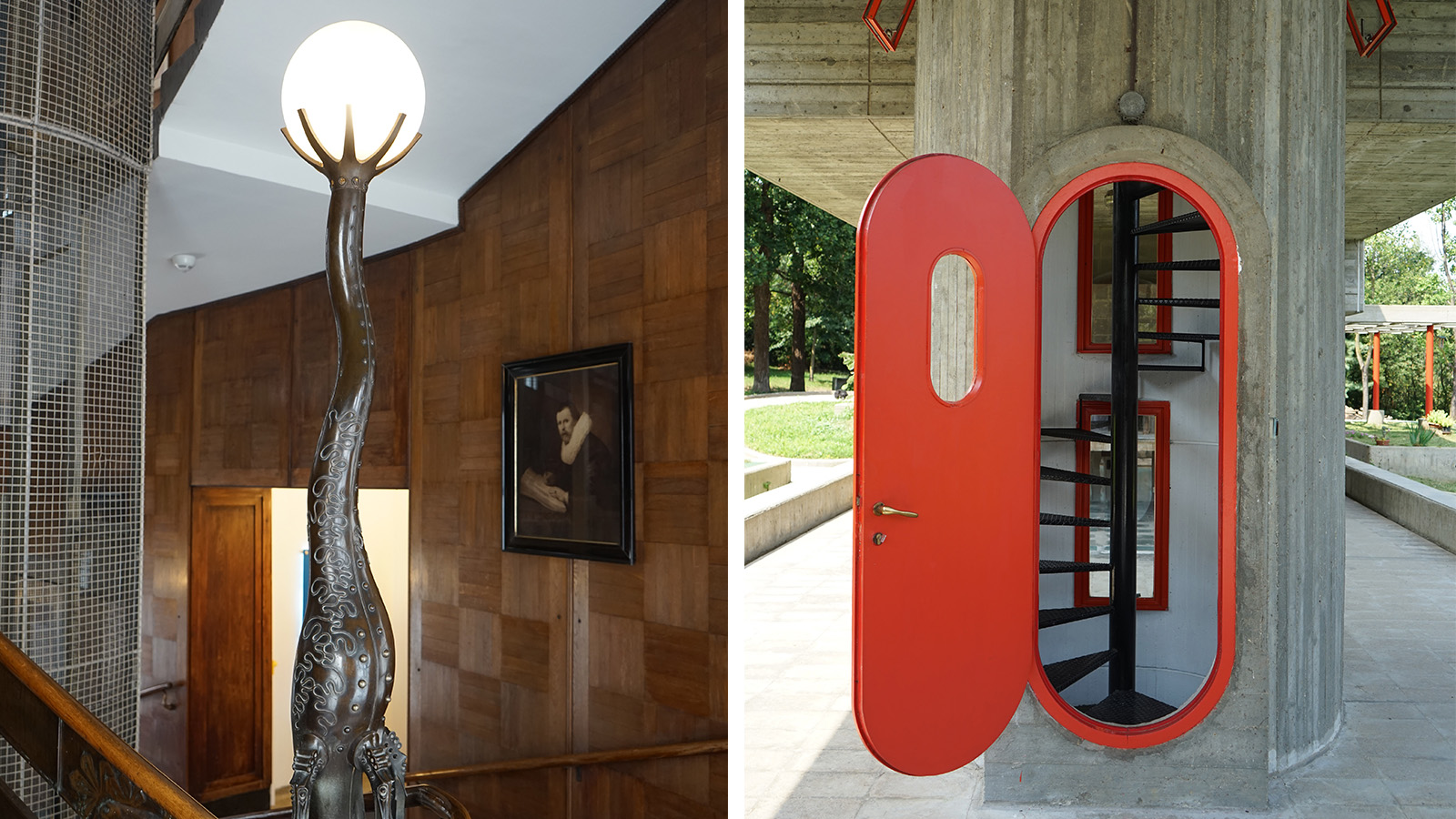
Vienna, renowned as the birthplace of numerous artistic and intellectual movements, hosts one of the most dynamic design festivals in the world, characterised by an ever-roving epicentre – Vienna Design Week’s headquarters. ‘We're a nomadic festival, so we travel through the city,’ explains the annual spectacle’s director, Gabriel Roland during this year's event (20 – 29 September 2024). Traditionally, Vienna Design Week has established its headquarters in various pre-existing buildings across the city. However, 2024 marks a pivotal moment in the festival's nearly two-decade history, as it temporarily inhabits a newly constructed project for the first time.
Vienna Design Week 2024 highlights

As well as hosting the festival’s dedicated team throughout the event, the headquarters also serves as the backdrop for several of Vienna Design Week’s engaging exhibitions, workshops, and installations, including ‘Design Revolution Now! and A Designer’s Toolbox for Revolution’. Developed by a temporary artist collective from the University of Applied Arts Vienna, the project challenges traditional design narratives while presenting a fresh definition of the discipline. Serving as both a mock-up and a critique, the exhibition – built entirely from re-used cardboard – emphasises the importance of discourse in design evolution and marks its public debut during this year’s festival.
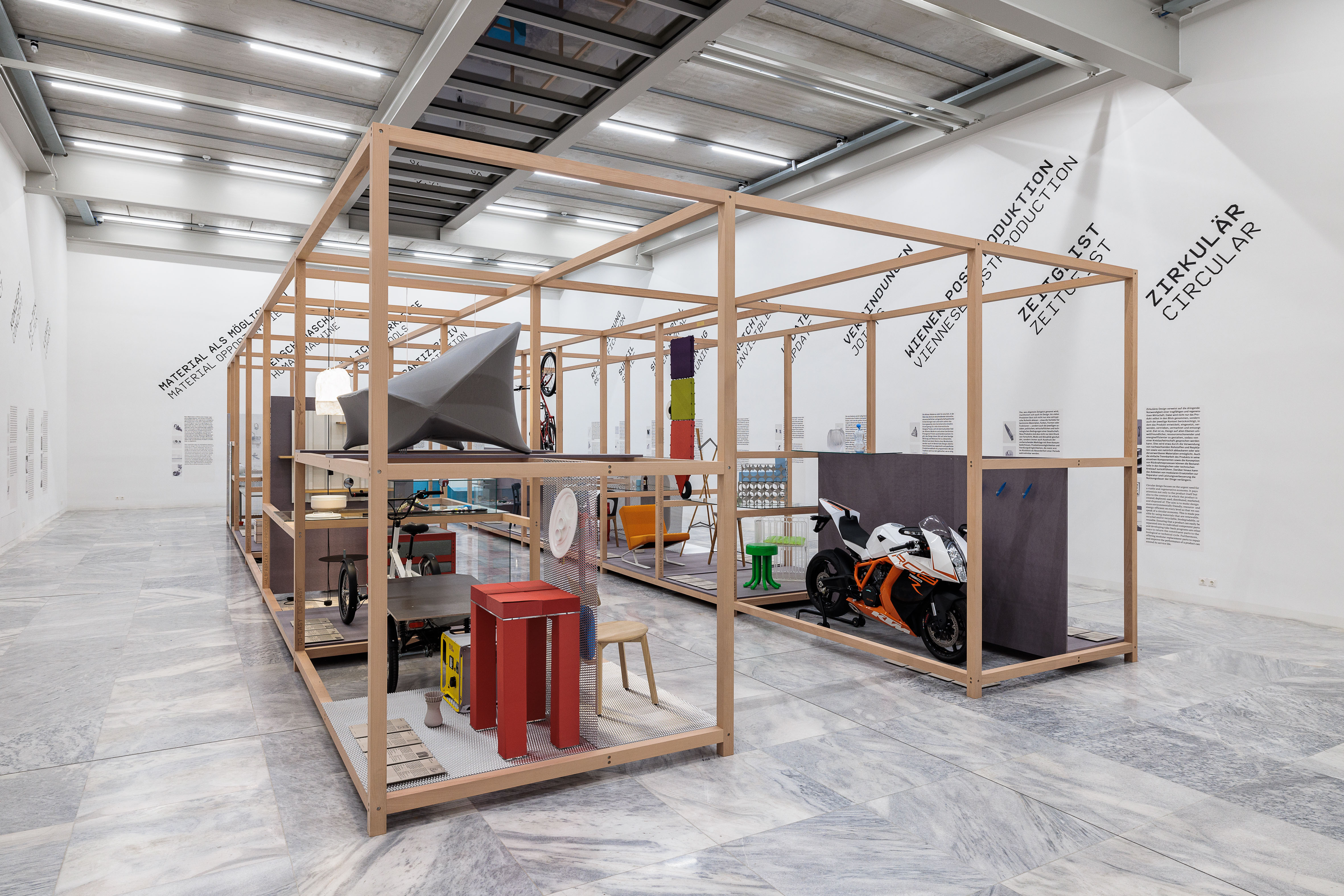
It is worth noting that Vienna Design Week’s rich programme is not confined to its headquarters; it extends across the city, showcasing a diverse range of innovative designs. Among the highlights, the MAK (Museum of Applied Arts) stands out with two major exhibitions. The first, AUT NOW: 100 × Austrian Design for the 21st Century’ showcases Austrian design innovations from the year 2000 to 2025, in 25 categories. From furniture and lighting to conceptual solutions addressing mobility and health, the exhibition emphasises the ingenuity and versatility of Austrian design. Visitors are invited to explore how these objects intertwine poetry with purpose. The second exhibition, ‘Elements: Adam Štěch’s Perspective on Architectural Details’, features almost 3,000 modernist architectural details compiled by Prague-based historian Adam Štěch. Each piece, meticulously documented, highlights the rich architectural heritage of the 20th century. Through an engaging mobile display, Štěch’s work, in collaboration with Matěj Činčera and Jan Kloss, guides the viewer as they embark on a visual journey of design elements that have shaped modern interiors.
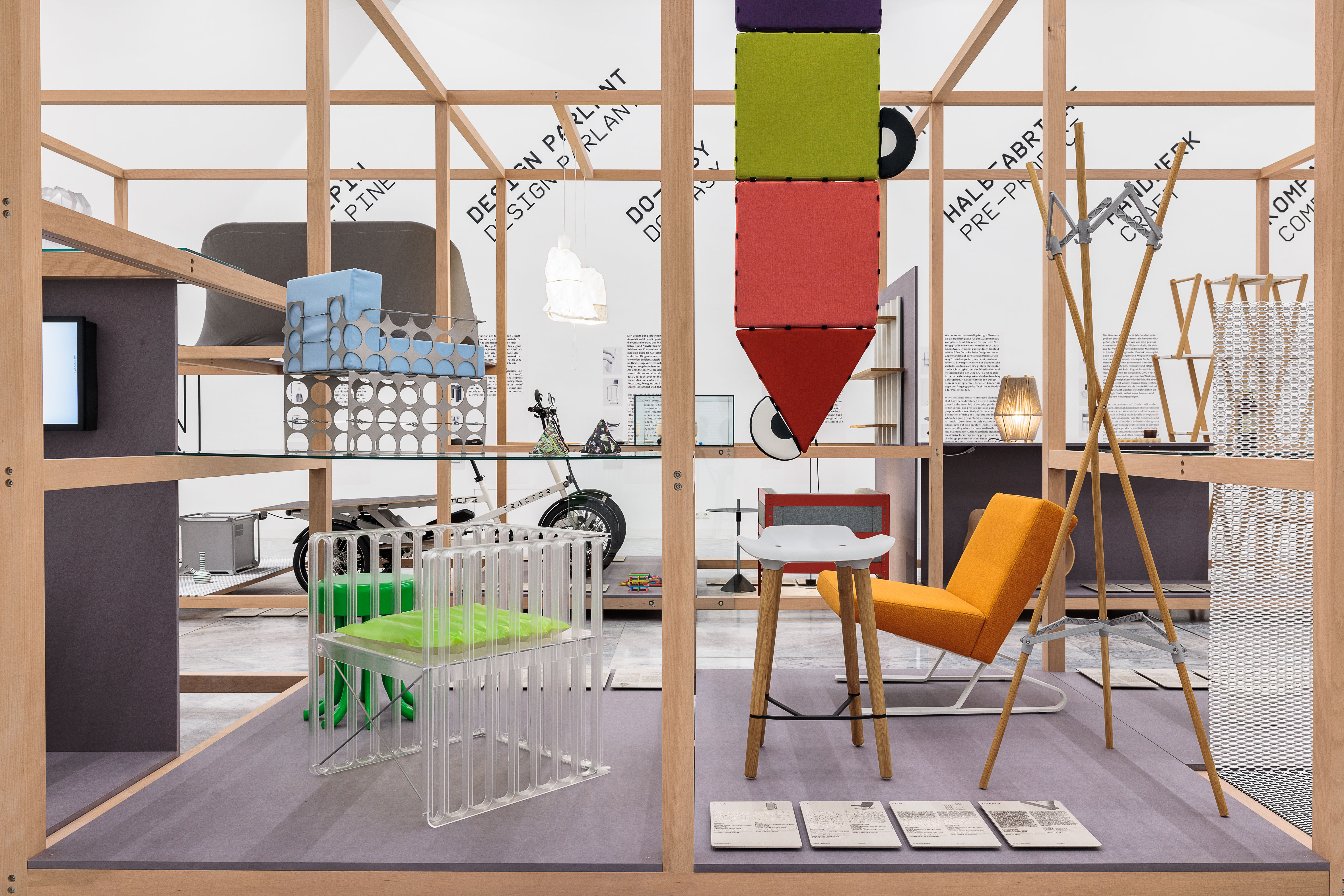
Yet another standout installation inhabiting the festival’s headquarters is ‘Exquisite Corpse’, a collaborative experiment in the tradition of French surrealism. Architects Eldine Heep and Barbara Gollackner, based in Vienna and Salzburg respectively, engage in a playful process of co-creation, with each designer building upon the other’s work without prior discussion. Like a modern game of artistic ‘tag’, objects are sent back and forth between the two, who each add their unique interpretations to the evolving design. Their pieces, which cannot be fully attributed to one designer alone, embody a unique synergy of styles, representing the confluence of proximity and distance.
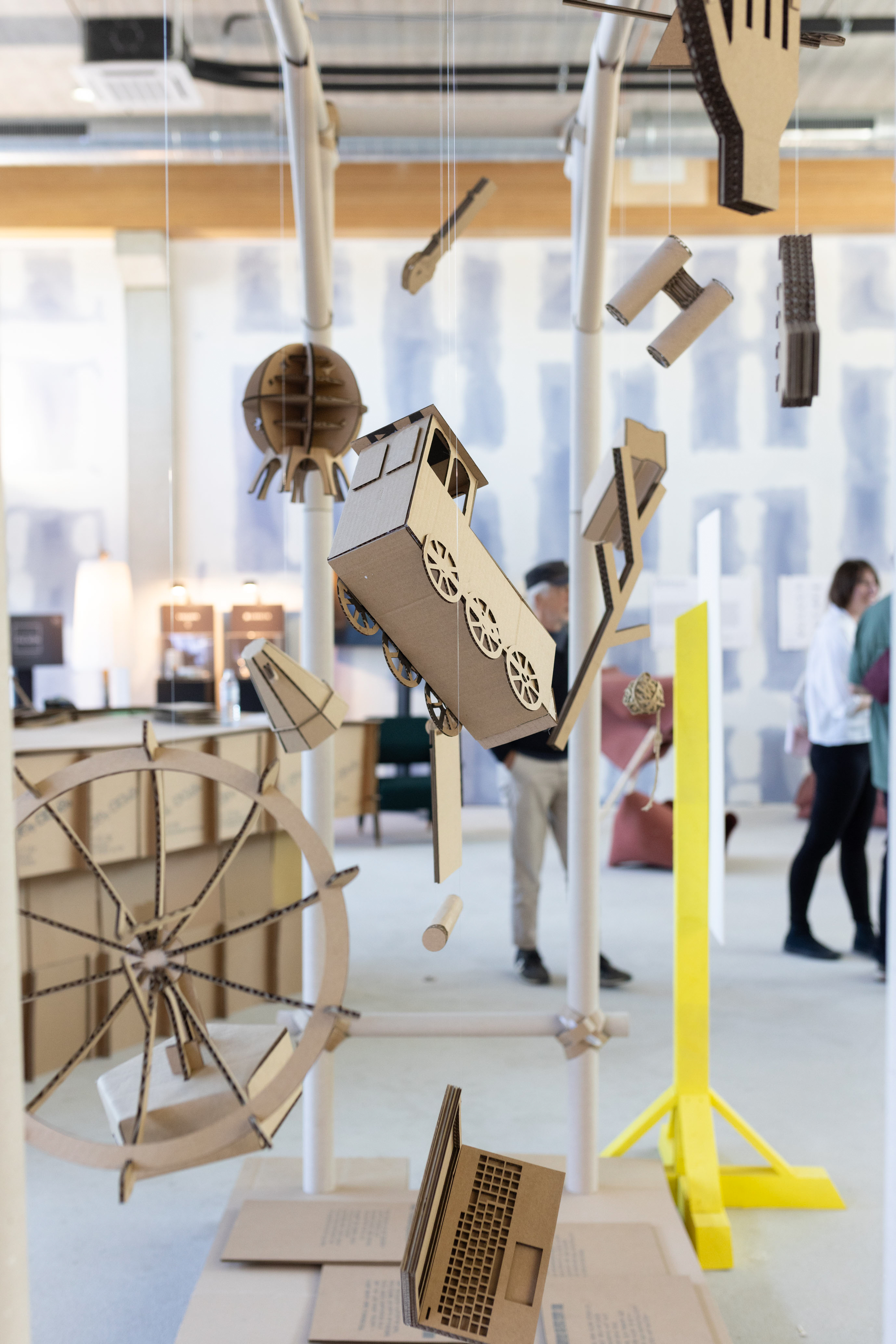
Heep and Gollackner’s work is as much about creative conversation as it is about the final product – a living embodiment of the festival’s ethos of collaboration. This ongoing project, bridging geographic and creative gaps is reminiscent of other design partnerships in history, like the transcontinental collaboration between Austrian architect Josef Hoffmann and Scottish architect Charles Rennie Mackintosh, which similarly thrived despite the physical distance between them.
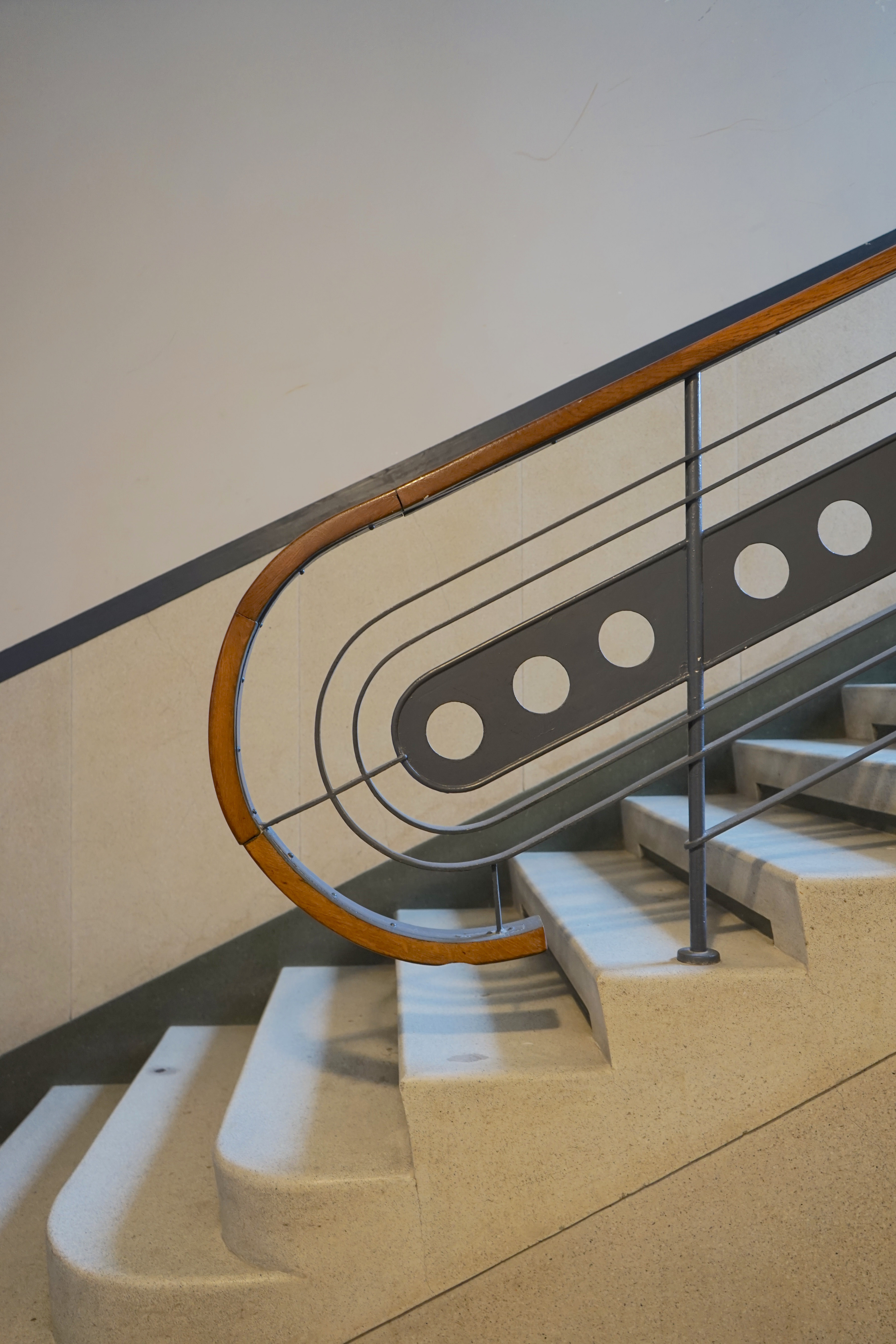
Vienna Design Week has long embraced its identity as a festival of movement – both in the literal sense, with the annual relocation of its headquarters, and in a metaphorical sense, as it pushes the boundaries of design itself. At the heart of its philosophy is the concept of Gesamtkunstwerk – the 'total work of art'. This idea, originating in 19th-century utopian visions of uniting all the arts, finds new expression in the festival. The lack of a permanent home could easily be seen as a disadvantage, but for Vienna Design Week, it’s a defining strength. The festival's transitory nature allows it to weave its way into different corners of the city, constantly reinventing itself with each passing year.
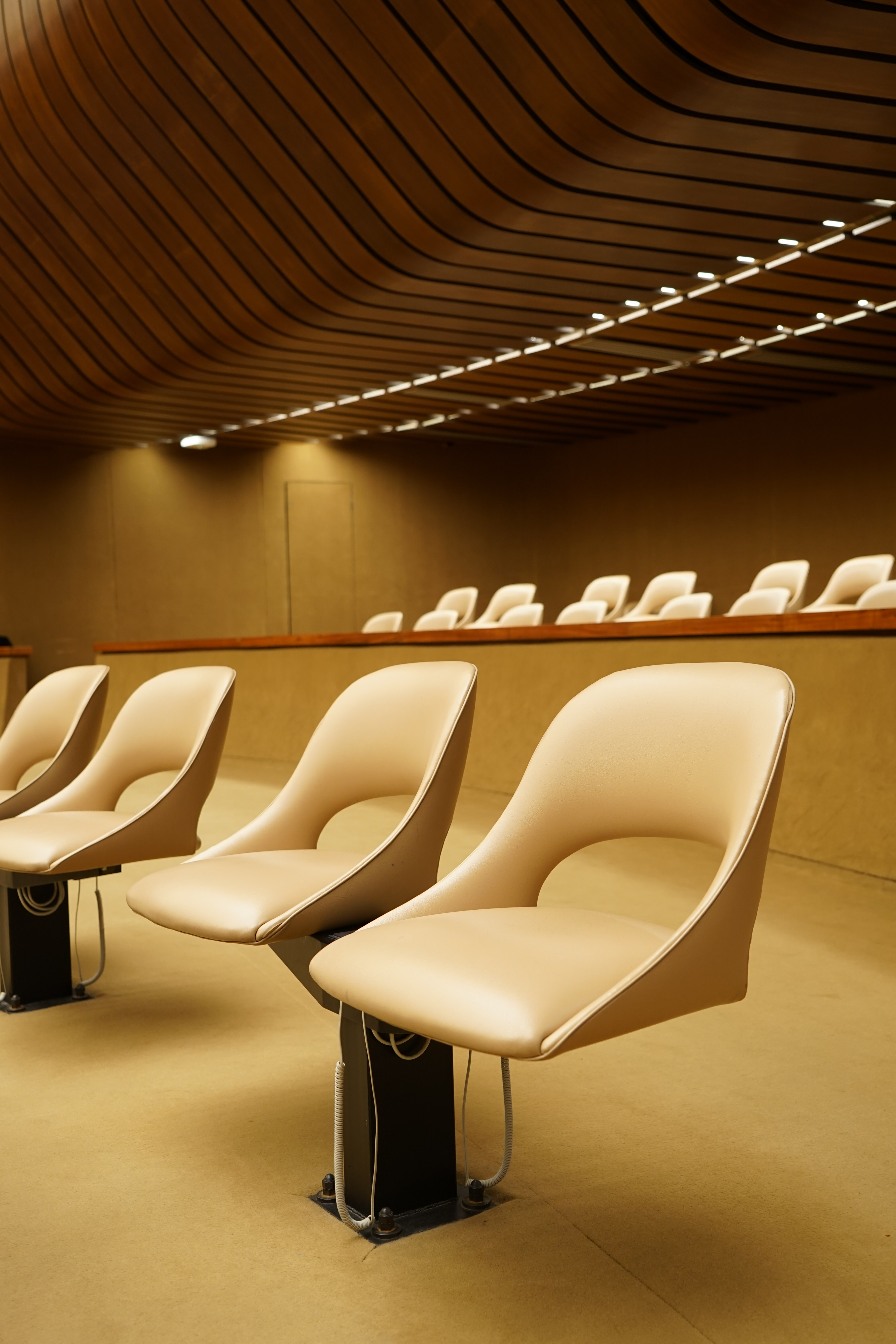
When asked if a fixed, permanent – read bricks and mortar – headquarters could ever be on the cards, Roland remains open but sceptical. 'At the moment, I can't imagine Vienna Design Week becoming sedentary.' This openness to change, alongside the festival’s refusal to be confined by physical limitations, ensures that the event will continue its evolution, offering a platform for experimental, forward-thinking design for years to come. As it looks to the future, its nomadic spirit remains at the core of its identity. For now, at least, Vienna Design Week remains a festival forever in flux.
Vienna Design Week 2024 ran 20 – 29 September, viennadesignweek.at







